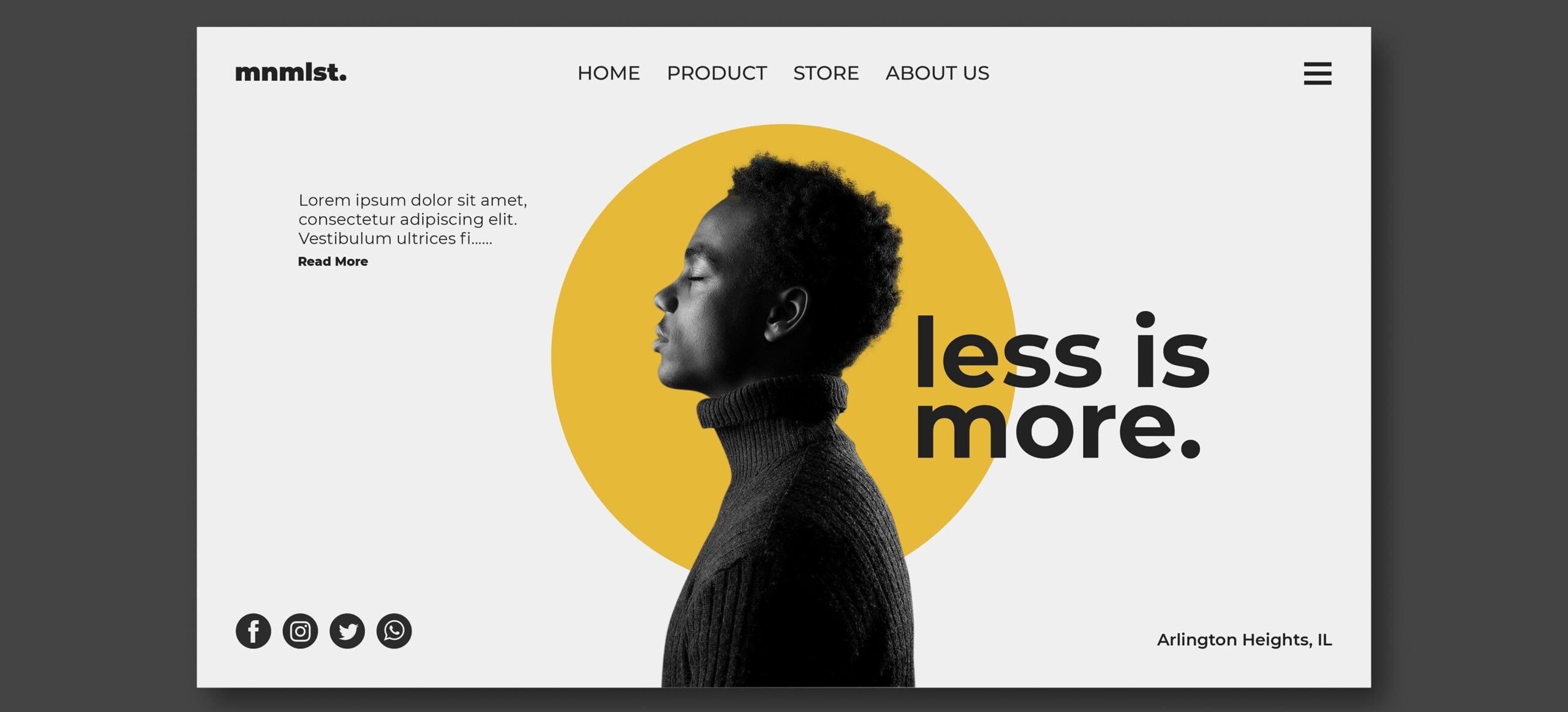Website design plays an important role in your efforts to tackle the beast that is search engine optimisation (SEO). Many businesses make the mistake of focusing on getting their website up and running first and putting SEO second… Or in some cases… even later! However, SEO needs to be incorporated into the foundations of your website from the very beginning. Missing these opportunities means your business will be trying to catch up.
When we refer to “website design”, we’re referring to what the customers see and experience when they land on your site. This encompasses the many different components integrated into your site, from how long the website takes to load, the layout and structure of the landing page, the readability of the content, the links they click on and the overall digital experience. All of these factors work together to create an aesthetic, functional and SEO-friendly website that customers (and Google) will look upon favourably.
In this blog, we unpack how website design affects search engine optimisation (SEO) and what you can do now to get your website ranking. If you have any questions along the way, give us a hola!
Optimising Customer Experience

Have you ever walked into a store only to walk straight out because the music was too loud, the store layout was confusing, or the shop assistant was hassling you? The same is true for websites. Although different elements are at play, a poorly designed, annoying or confusing experience (whether it be in-store or online) results in customers leaving before they have even browsed through your products.
To attract and retain customers, you need to optimise the customer journey on your website. Customers shouldn’t have any trouble when navigating the website. At a simple click of a button, customers should be able to find the product/service they desire with ease. Website designers (… such as ourselves!) will understand how to create effective customer journeys to thoughtfully guide your customer from the landing page to checkout.
Website Performance Metrics

To measure the performance of your website, Google Analytics records useful data on how customers interact with your business’ website. Google Analytics can provide you with all of those useful numbers, including how many website visitors you attract, the pages your customers visit, your conversion rate, your bounce rate and (much) more. Ideally, you want to see customers clicking on your website, browsing the website’s pages and making a purchase or getting in touch with you. High bounce rates and low conversions are telltale signs that your website needs a redesign. Leaving high bounce rates and low conversions as they are will be looked upon badly by Google, pushing your website further down the SERPs.
Mobile-First Indexing
When the Googlebot crawls your business’ website (on average, once every few seconds), it predominantly collects data from the mobile version of your site’s content, not the desktop. Mobile-first indexing has been in place since 2019 with Googlebots continuing to raise the bar on what it deems as ‘mobile-friendly’ (including page load speed). This means if your website isn’t optimised for mobile, you need to start now to stay ahead.
This can catch a lot of business owners off guard especially considering you don’t need to have a mobile version of your website for the pages to appear on mobile. The traditional idea of a “website” being something you view and access via a computer has become outdated. Considering just over half of website traffic comes from mobile, mobile is surpassing any other device in terms of navigating Google sites.

Responsive Design
When a website is mobile-friendly, it means the website is consistent across all devices. Whether you’re browsing on your laptop, tablet or phone—the layout and functionality should be able to adapt and chang to suit the screen size.
Website designers and developers should consider this when building your website. To create a website that can adapt to different devices, developers can create a responsive design.
Your website’s mobile and desktop design doesn’t have to be identical but as long as the design is optimised for each and maximises the user experience. For example, sites such as Etsy, Elf On The Shelf and Evernote are some of the many businesses that have simplified the mobile layout to be easier to navigate whilst also decreasing that load speed. If you compare the desktop and mobile websites of each platform you’ll discover small design changes that optimise user experience, keeping you scrolling, reading and buying.

Quality Content
Content is the umbrella term for all words, images and videos that fill your website. From the images you choose to represent your products, the call to actions (CTAs) that entice the customer and the video header you might upload to the top of your page—content is what engages the viewer, showcases your brand and guides the customer from browsing to buying.
Although content can sound relatively simple, it’s unfortunately not as easy as throwing some words and images onto the page. Content needs to be purposeful for the reader as well as search engine optimised (SEO’d) with correct titles, alt texts, sizing and placements. Accomplishing an attractive combination of both readability and SEO will help getyour business to page 1 on Google.

Title tags
A title tag is the HTML code “<title>enter title here</title>,” which communicates with readers and Googlebots the main topics on your webpage. These will appear in browser tabs, on social media and search results. Title tags are essential ranking factors that allow Google to easily understand what’s on your page and match this to the viewer’s search.
When creating the written content for your website, you want to put the title of the page into the <head> element of the HTML document. Titles should be clear, descriptive and summarise the text accurately. Convoluted, keyword-stuffed or ambiguous titles will read poorly and detract both customers and Google from favouring your site. Following these good SEO practices from the beginning will score you points from Googlebots and rank your site higher.
Visual content

It’s important to optimise all visual elements on your website to make it as easy as possible for Googlebots to find your visual content and share with relevant audiences. Optimising visual content will make your photos and videos discoverable online and get more website visits. Here’s where you need to start:
Image/video size
The size of your images/videos will impact the load speed and performance of your website. Uploading high resolution images will result in a glitchy and slow site and therefore deter viewers. Ensure you compress your images and videos before uploading them to your website.
Descriptive alt text
Always add an informative description to your image that will accurately reflect the image content. This improves accessibility for people who can’t see images and use screen readers. Additionally, Google reads alt text to crawl the content of the image.
Titles, captions, filenames
Alongside descriptive alt text, you also want to ensure the visual content’s titles, captions and filenames all relate to the messaging of the visual element.
Image/video sitemaps
Providing the URL of images and videos allows you to use CDNS (content delivery networks) to host images, helping Google to discover your company’s images quickly and easily.

SEO – let’s go!
Search engine optimisation is an ongoing process that needs constant attention to ensure your website is keeping up with Google updates, market trends and competitors. Following good SEO practices will create an optimal user experience on your website, which should be your number one priority for your website.
Remember, if you go and make changes to your site, it will take Google a few days or even weeks to register the changes you’ve made. You can, however, request Google to recrawl your site to process the SEO changes you’ve made faster.
If you have any questions, give us a hola! We have a dedicated SEO team here at Cloud Cartel who nerd-out on ranking websites! If you’re looking to get noticed by Google, let’s chat.




